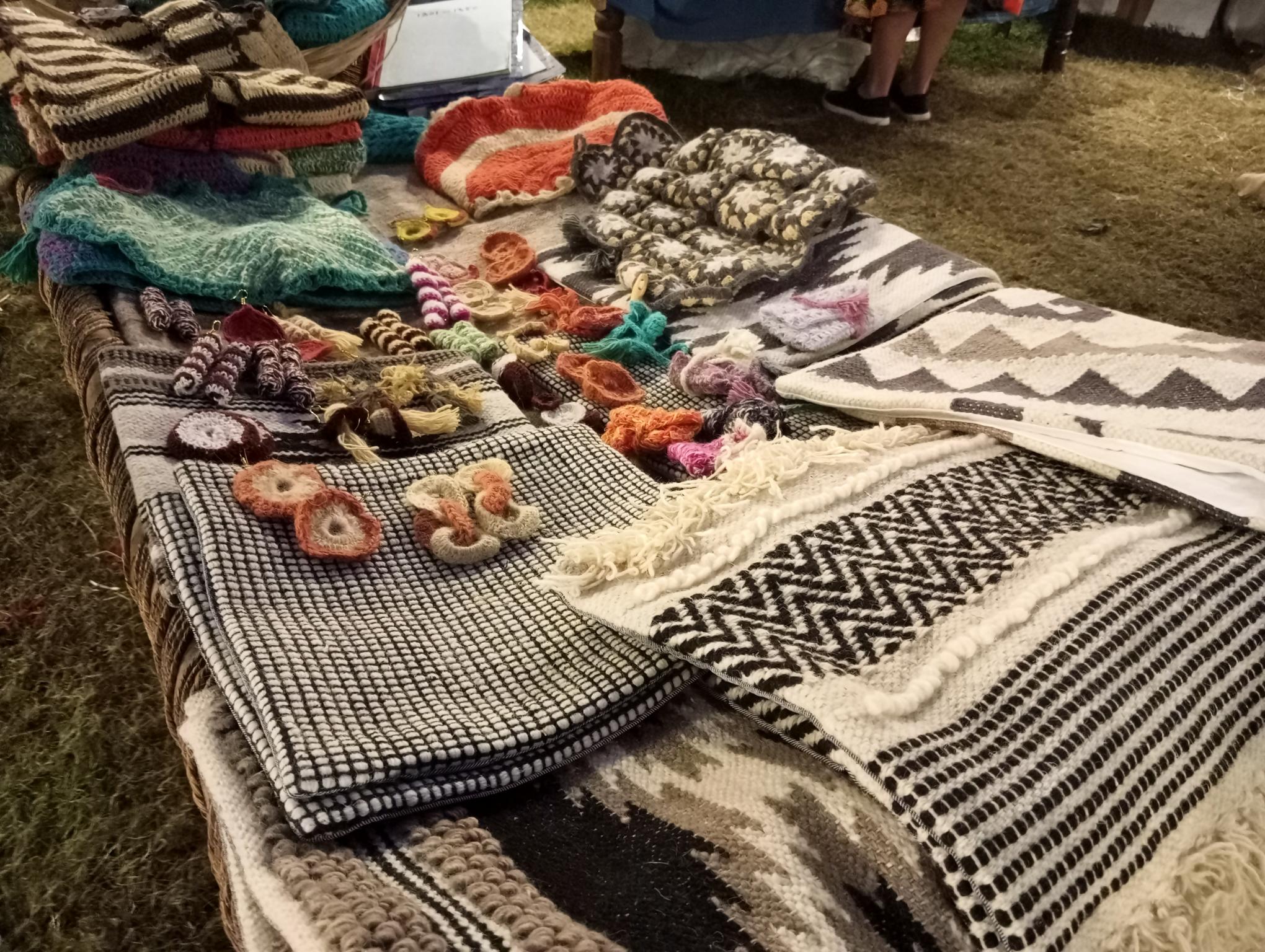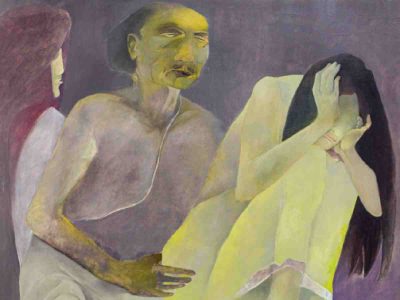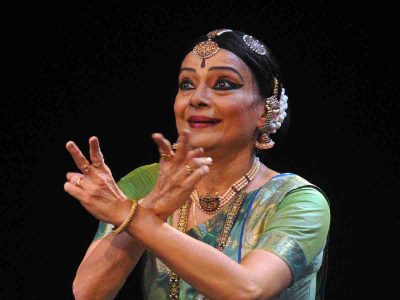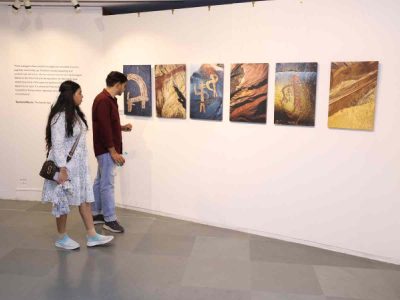The curated selection of woolen products from the Desi Oon Hub, crafted by 20 partner organisations, stands out, offering visitors the chance to take home a piece of India’s woolen legacy — from intricately woven textiles to exquisitely designed woolen products.
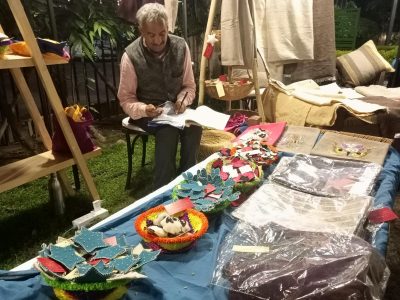 Every corner invites you to touch, feel, and be immersed in the timeless art of India’s woolen wonders.
Every corner invites you to touch, feel, and be immersed in the timeless art of India’s woolen wonders.
In the heart of North Karnataka, where sheep rearing is a way of life, Belgaum emerges as a region steeped in the artistry of wool. Gopi Krishna, a proud member of the Kuruba community, sheds light on their rich tradition.
“In Chitradurga’s Challakere, home to the largest woolen factories, the Kurubas rear sheep not just for wool but as a sustainable practice. While we shear both rams, we sell the male and keep the females for milk and dairy. The sheep also contribute manure for agriculture because fertilizers are not viable in arid regions,” he said.
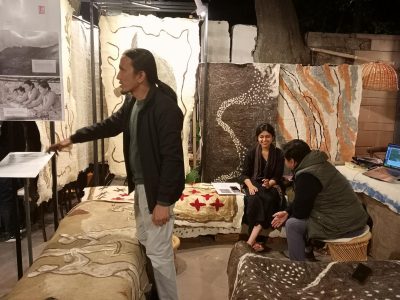 He laments the decline of the wool breed, with Deccani being the only one adorned in wool. The market shifts, impacting artisanal work and traditional practices. Once a thriving hub for military and railway blankets, the region now seeks a resurgence through exhibitions like Desi Oon.
He laments the decline of the wool breed, with Deccani being the only one adorned in wool. The market shifts, impacting artisanal work and traditional practices. Once a thriving hub for military and railway blankets, the region now seeks a resurgence through exhibitions like Desi Oon.
“Earlier we used to load 8-10 trains from Hubli to Panipat for military and railway blankets. Now that market is gone because there are cheaper varieties of wool that they buy. They are cheap but shoddy. So, we want people to understand the value and timelessness of our products,” he added.
From Bikaner in the northwest, Richa brings forth the transformation of Rajasar Bhatiyan wool from carpets to finely crafted garments. The chokla variety, known for its coarseness, undergoes hand-spinning without chemicals, creating soft, intricate pieces. “The Desi Oon exhibition plays a pivotal role in raising awareness about the wool’s value and the artisans’ skill,” she said.
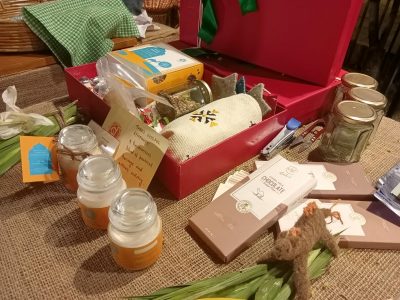 “Bikaner Mandi is one of the largest mandis where traditionally people used to give their wool and from there it went to manufacturing. Now what we have done is we have diversified into garments. Making jackets and coats after turning the coarse nature of the wool finer. Everything is hand spun and no chemical is used in the process,” she said.
“Bikaner Mandi is one of the largest mandis where traditionally people used to give their wool and from there it went to manufacturing. Now what we have done is we have diversified into garments. Making jackets and coats after turning the coarse nature of the wool finer. Everything is hand spun and no chemical is used in the process,” she said.
Speaking on the technique to soften the wool, she said, “There is fibre dyeing and yarn dyeing. In fibre dyeing, the dhaga or wool is dyed directly, softening the wool. Our woolen garments right now are only distributed mainly across India, but carpets are exported globally because they are more affordable.
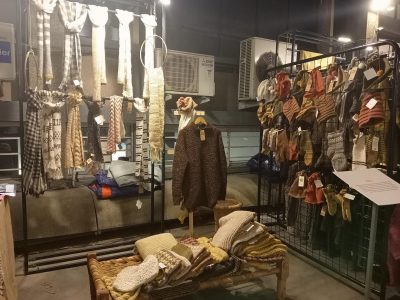 Also based in Rajasthan, the Urmul NGO is working with pastoral women to empower them. “We focus on the science of softening the coarse wool from the Bikaner and Thar region. Wool is blended with cotton. We help pastoral communities, especially the women, who migrate to Punjab and Haryana side due to scarcity of water in Rajasthan.So when they are migrating and don’t have their livestock to take care of they do handspinning and crochet,” an attendee said.
Also based in Rajasthan, the Urmul NGO is working with pastoral women to empower them. “We focus on the science of softening the coarse wool from the Bikaner and Thar region. Wool is blended with cotton. We help pastoral communities, especially the women, who migrate to Punjab and Haryana side due to scarcity of water in Rajasthan.So when they are migrating and don’t have their livestock to take care of they do handspinning and crochet,” an attendee said.
In West Sikkim, Gurung pastoralists, traditional weavers and knowledge systems were on the decline and their Bonapala sheep were facing extinction. ChubaKo helped regenerate the tangible and intangible heritage of this region and conserve its emblematic sheep.
“ChubaKo is a women-majority project abd Sikkim’s first wool-bassed handloom cluster, where craftspersons, designers, artists, technologists abd entrepreneurs, synergise for heritage-based innovation. It empoers weavers, while reducing use of material and natural resources,” said an attendee at the Sikkim stall.
Apart from wool, there are an array of dairy products, made from goat and camel milk, and locally made chocolates for visitors to taste. The dairy products
Neeraj travelled to Delhi from Pune to introduce the innovative use of the coarseness of wool as a USP of their products. “Medico textile, crafted for relief from backaches and bone-related issues, showcases the versatility of wool,” he said.
However, challenges arise as traditional looms dwindle, and the handloom and pit loom struggle for recognition. “Despite the time-consuming process, artisans persevere, driven by a passion for preserving their craft against the tide of mass production. Artisans don’t profit at all so how long can passion drive one to keep continuing weaving,” he said.
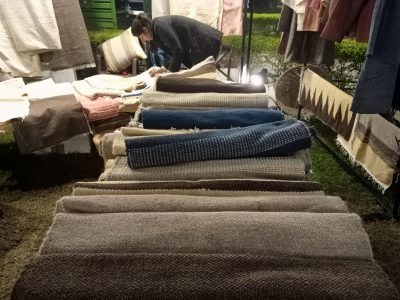 “There were around 20-25,000 looms. Now only 100 are left. The Deccan region of Maharashtra, Karnataka, Telangana and Andhra Pradesh have these sheep in abundance for wool. So we are trying to revive the craft with minimum carbon emission. But, with less salary and mor aspirations, people today want more comfort at less prices. In machines, you can make 300+ materials in three days but ours is time consuming and more labour intensive, therefore it is a hard job and governments are not helping us much,” he added.
“There were around 20-25,000 looms. Now only 100 are left. The Deccan region of Maharashtra, Karnataka, Telangana and Andhra Pradesh have these sheep in abundance for wool. So we are trying to revive the craft with minimum carbon emission. But, with less salary and mor aspirations, people today want more comfort at less prices. In machines, you can make 300+ materials in three days but ours is time consuming and more labour intensive, therefore it is a hard job and governments are not helping us much,” he added.
As artisans navigate a changing landscape, the festival stands as a beacon, honoring the past and illuminating a sustainable future for India’s woolen heritage.
Beyond the display of craftsmanship, the festival invites attendees into the heart of India’s pastoral landscapes through the “Pastoral Voice” section. Here, insights into the adaptive strategies, traditional knowledge systems, and challenges faced by pastoralists provide a deeper understanding of wool’s cultural and economic significance in these communities.

